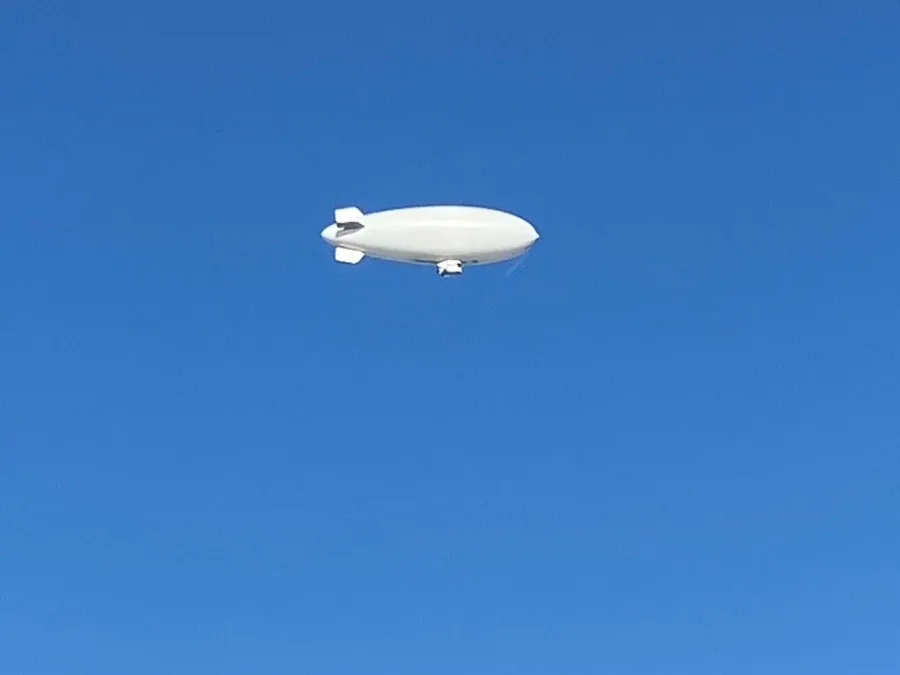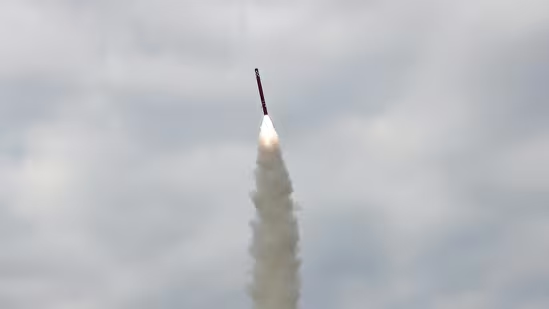Now Reading: Mysterious White Airship Hovers Over San Francisco — What’s Really Going On?
-
01
Mysterious White Airship Hovers Over San Francisco — What’s Really Going On?
Mysterious White Airship Hovers Over San Francisco — What’s Really Going On?

On a clear Tuesday morning, a vast white airship drifted above San Francisco’s skyline, capturing the attention of residents and social-media viewers alike. The sighting caused a stir as people paused traffic, lifted their phones and asked: what is this craft doing overhead? For observers in India’s smaller cities, where such aerial spectacles are rare, the episode is a window into emerging aviation technology and its global ripple effects.
What did people see?
Eyewitnesses reported a slow-moving, elongated white craft gliding above the Bay Area, visible from Oakland, Alameda and downtown San Francisco. The object, noticeably larger than typical blimps and moving at an unusually gentle pace, aroused curiosity and speculation. Some thought it was a drone, others a part of a film shoot. But it soon became clear this was something different.
Who’s behind it and what it’s for
The craft has been identified as “Pathfinder 1”, a zero-emission airship developed by the US company LTA Research, backed by tech-entrepreneur Sergey Brin. The firm says the airship is part of its push to revive lighter-than-air technology for cargo transport and clean-energy logistics. Powered by electric motors and helium lift, the vessel represents an attempt to reduce aviation’s carbon footprint and re-think aerial transport.
Why it matters for India and smaller cities
In Tier 2 and Tier 3 Indian cities, where logistical networks and air-connectivity are still evolving, the emergence of such airships sheds light on future mobility possibilities. Imagine cargo deliveries to remote towns or disaster relief airships that don’t rely on traditional runways. While India is focused on urban metros now, regional centres might one day benefit from these innovations in transport and logistics.
Questions and implications
The appearance of Pathfinder 1 over a major urban area also raises questions about air-space regulation, safety and public awareness. How will Indian cities regulate similar aerial technology when it becomes widespread? Will local authorities be ready for such objects appearing in their skies? The San Francisco sighting acts as a preview of challenges and opportunities ahead for aviation and infrastructure planning across India.
Conclusion
The white airship over San Francisco may look like a spectacle, but it signals a quietly evolving frontier in aviation. For India’s smaller cities and towns, the story is more than curiosity—it is a reminder that transport innovation travels fast, and readiness matters. As new skies open, the questions aren’t just about what flies, but how it fits into the world below.

























